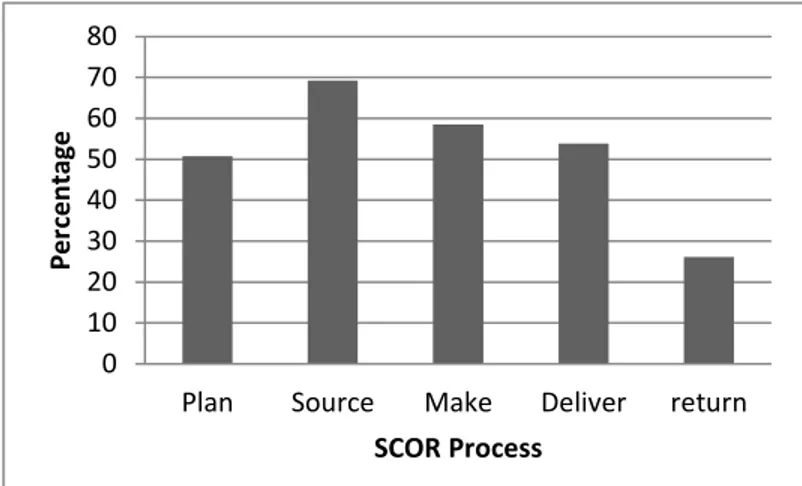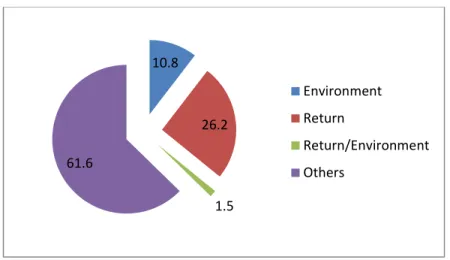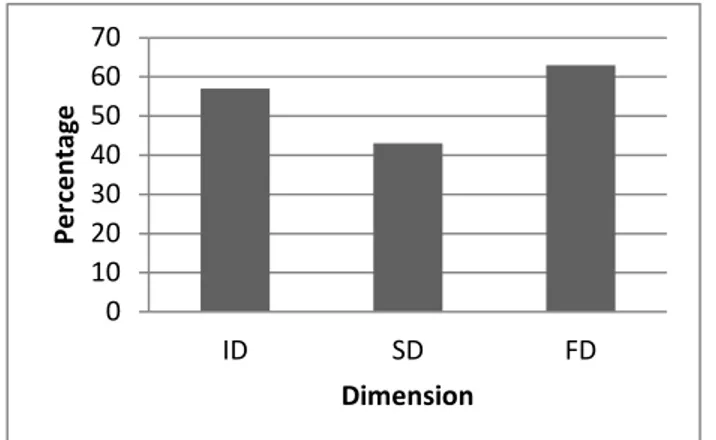A SCOR-based process modelling approach for green performance evaluation of forestry systems
Texte intégral
Figure

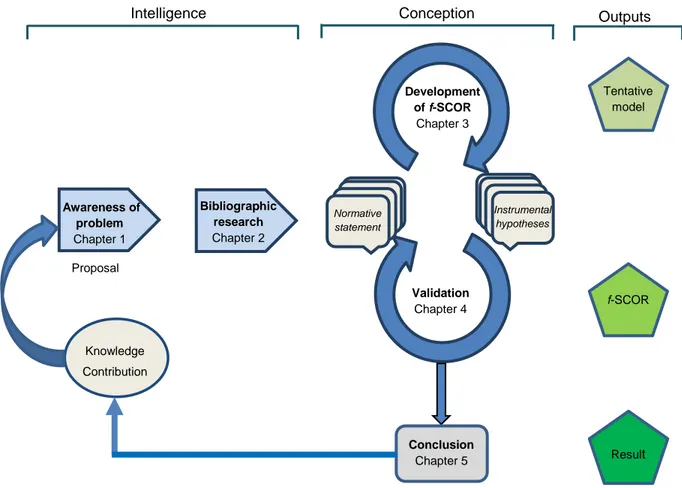
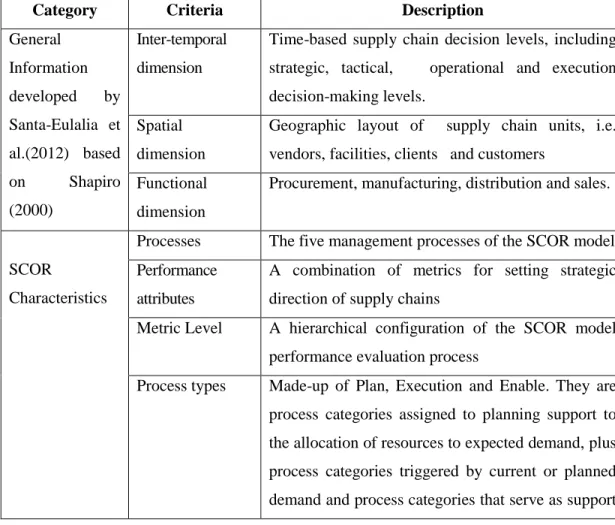

Documents relatifs
ANN architectures with non-fully and fully connectionist networks to discover and to deal with correlation effects on exogenous side / input layer, (ii) using a long
The case example system of an airborne Traffic Collision Avoidance System was chosen to investigate which challenges previously suggested in the literature impact the
Based on a state space representation of a linearized fluid flow model of TCP, the AQM design is converted to a state feedback synthesis problem for time delay systems.. Finally,
5.3.1.2 Necessity to formalize artefacts within the project workspace ... Annotations for assisting stakeholders in their activities ... Management of the relationship of an
We propose an engineering framework process and an editing tool to manage this design activity, able to support different pedagogical design schemes. We experienced
Aurich J.C., Fuchs, C., Wagenknecht, C.: Life cycle oriented design of technical Product- Service Systems, Journal of Cleaner Production. Dewit, I.: Towards a propensity framework
We propose to support this modeling effort with a quality- based approach combining both quality measurement and domain knowledge.. The domain knowledge is
This talk will describe the blend of offline and online experimentation we use at Netflix to improve upon our recommendation systems, and will discuss some key challenges



